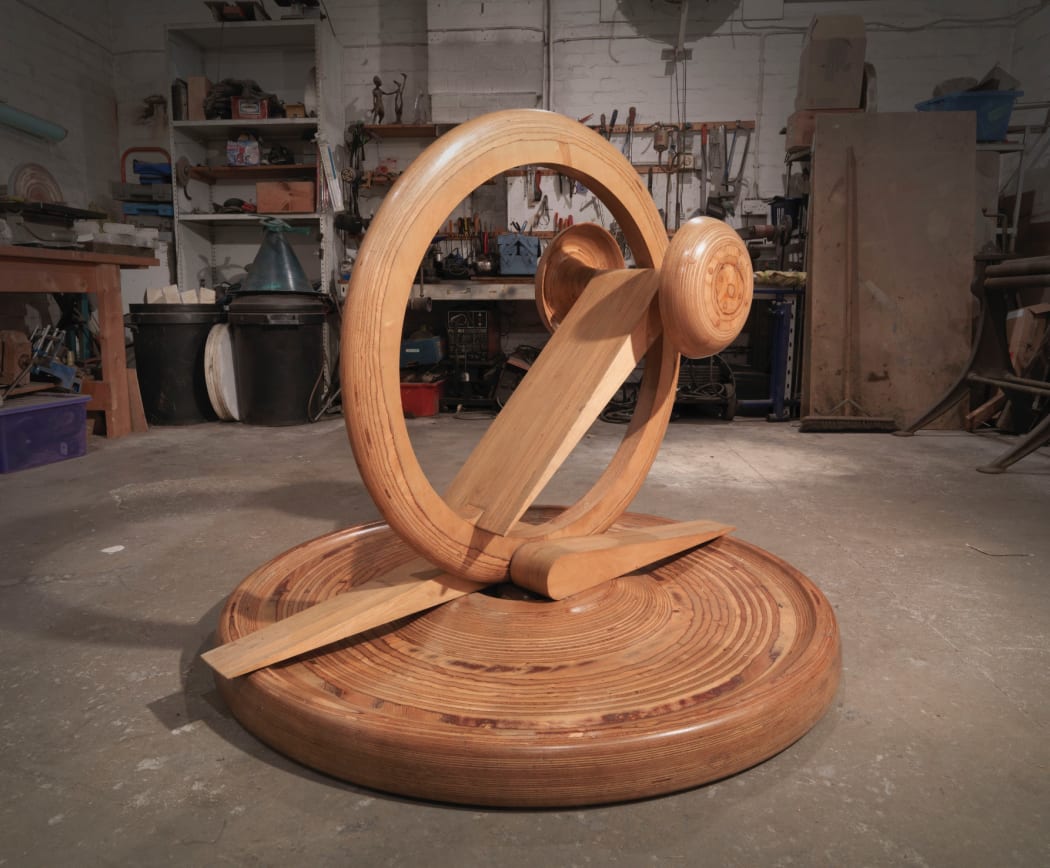
From initially being used mostly for votive and religious sculptures to then working its way into abstract forms, wood has been used to create art for thousands of years, common to all cultures both as a tool and a medium itself.
The abundance of wood, it’s softness and therefore ease of use, and the desirable qualities of hardiness and versatility have meant that wood sculpting has flourished throughout history. The natural colour, pattern, grain and warmth of various types of wood creates very different effects, meaning that there is a wooden sculpture out there to suit everybody’s taste.
When taken care of properly, wood can last a very long time. However, if not looked after it can be susceptible to rot or decay, making the ancient wooden sculptures that have lasted until today true treasures in Art History.
Carving is by far the most common technique used in wooden sculpting, and includes many different kinds of art forms - from bas-relief to life-size figures, and from furniture to architecture. The most common woods used for sculpture include boxwood, pine, pear, walnut, willow, oak, and ebony, and the tools that are most employed are gouges, chisels, wooden mallets, and pointed instruments. It has been argued that wood carving is the simplest technique, as it is possible to achieve with nothing more than a sharp stone and a lump of wood. It is a dedicated and detailed process that involves a lot of patience and passion. Traditionally, wood was worked using hand tools, but this has now evolved into the use of power tools, chainsaws and even digital machining processes to carve wood of all shapes and sizes.
Wood carving is one of the most ancient arts in Human History. Carving wooden masks, statuettes and religious pieces was common to the African tribes. The medium was also widely used in Oceanic art for the carving of ceremonial canoes, as well as in the totem pole culture of American Indian art and in the Aboriginal art of Australia.
In Japan and China, wooden carvings have long been used to decorate temples and private dwellings, and many of their most important sculptures are made of wood.
Some of the finest examples of early European wood carving are from the Middle Ages in Germany, Russia, Italy and France, where the medium was present in medieval, Romanesque and Gothic architecture, predominantly in churches and cathedrals. In England many complete examples remain from the 16th and 17th century, when oak was often used.
The Florentine sculptor Donatello had a real feel for the suggestive power of wood, especially later in his career. In his Mary Magdalene, the figure’s emaciated body and hollow cheeks speak of faith and torment.
Many of the 15th and 16th century artists in Germany worked in wood, creating monumental sculptures and altarpieces. Soft woods such as lime can take on extremely fine carving, as seen in The Holy Blood Altar by German gothic sculptor Tilman Riemenschneider, installed in the St-Jakobs-Kirche (Church of St James) in old town Rothenburg ob der Tauber, Germany.
Wood can also be incredibly lightweight, which suited the sculptures that were intended to be transported to different locations. Pietà, made in 1617 by Spanish Baroque sculptor Gregorio Fernández, was designed to be carried in Holy Week processions. The material has also been made to look like flesh, as it was common in earlier centuries to paint and highly polish carved wood sculptures.
Around the 18th century, wood was mainly used for furniture and interior decoration, notably in the style of Rococo Art. In the 20th century, an appreciation for the basic material surged and it has been widely used by modern and contemporary artists. Sculptors not only make sculptures in wood to then have them cast into bronze or other metals, but they have rediscovered the beauty of the natural colour and grain of wood, as it can be seen in Terence Coventry's 'Torso'.
'The emergence of Dutch elm disease in Cornwall during the seventies soon spread to the farm and obliged Coventry to fell several prime trees which had succumbed to the deadly fungus. The timber lay around for some months until one day he found himself compelled to carve into a log with his chainsaw. What came out was a pig and it surprised and delighted him enough that he carved several more. (...) Roughing out his basic shapes with a chainsaw and working into the wood with gouges and chisels, he refined the forms until they could be rasped to a smooth surface ready for final sanding and wax polishing.' Rungwe Kingdon & Claude Koenig - an extract from Terence Coventry's Catalogue Raisonné, 2019.
Through their powerful, large-scale public artworks, and elegant, minimal, or playful forms, other renowned artists such as von Rydingsvard and Martin Puryear have positioned wood as a viable contemporary material for sculpture, one that transcends its associations with mere craft.
Some artists prefer to combine wood with other mediums and introduce an assortment of stains and finishes to create different forms and textures. For instance, in David Nash’s Encased Cross (2009), the artist decided to fuse bronze with wood as part of his creative process. Here the wood comes into contact with the molten metal to create a unique form.
Not all wooden sculptures are made by carving the material. It has become easier to manipulate in recent years, due to the availability of digital tools such as CAD programs, CNC machines, and laser cutters. Bruce Beasley’s Arteus, made of maple in 1980, is an example of using wood as a precise fabrication material. To achieve the precision of the fitted parts, the wood segments were precisely machined using techniques not normally associated with woodworking. Whether it’s carved or digitally manipulated, wood retains that sense of one-time life, breath, growth and spirit.
A FEW FACTS ABOUT WOOD
1. There is a country where conditions are favourable enough that wood could survive for very long periods of time: Egypt. In 1860, eleven wooden panels were found that had been preserved under the sands for over 4000 years. These relief carvings were found in the tomb of Pharaon Hesy-Ra.
2. Wood, in the form of charcoal, was the first artistic medium. An example of cave art, using charred wood, at Rouffignac in France dates dates back 13,000 years.
3. The oldest tree is claimed to be an ancient pine tree called Methuselah, which is located in the White Mountains of California and is believed to be over 4,800 years old.
4. Renowned for its exotically dark finish, extraordinary properties and scarcity in the world, African Blackwood is the most expensive wood in the world. Due to its dense yet easy-to-machine qualities and moisture protection properties, African Blackwood is perfect for making high-end musical woodwind instruments such as clarinets, oboes and flutes. The wood can also be used to create everything from knife hilt to walking sticks, pool cues, fine furniture and general carving work.
It typically sells for around £8,000 per kilogram.
5. Hardwood and softwood – contrary to their names, are the seeds, leaves and structure of the tree and not the type of wood.
